Tagged With Behavior Research
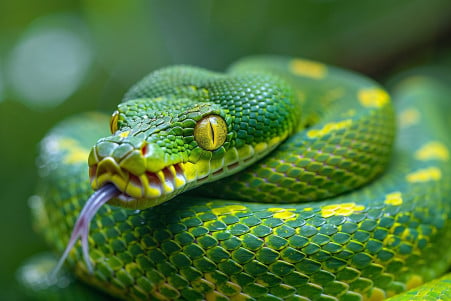
How Snakes Use Their Sense of Smell: A Fascinating Insight
14 June 2024
How snakes' excellent sense of smell works, from their forked tongues to their Jacobson's organs, to hunt, reproduce, and move around.
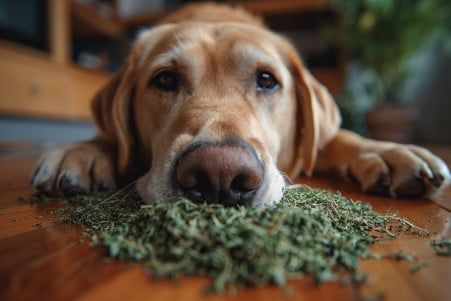
Can Dogs Get High From Catnip? Here's Why the Effects Are Species-Specific
12 June 2024
Why catnip doesn't work on dogs the way it does on cats - the special biology that explains why each species reacts to the plant in its own way.

How to Stop Food Aggression in Dogs: A Research-Backed Guide
12 June 2024
Evidence-based methods to address food aggression in dogs, such as socialization, positive reinforcement, desensitization, and ways to manage the issue in a multi-dog household.
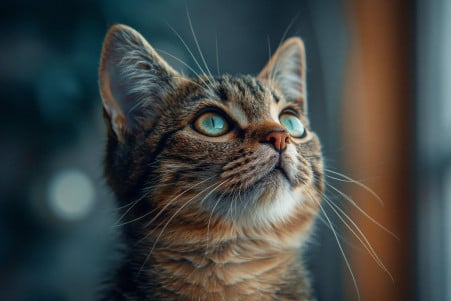
How Well Can Cats Hear? Their Hearing Range
12 June 2024
Cats can detect noises from up to 1,200 meters away because of their unique ear structure and broad frequency range.
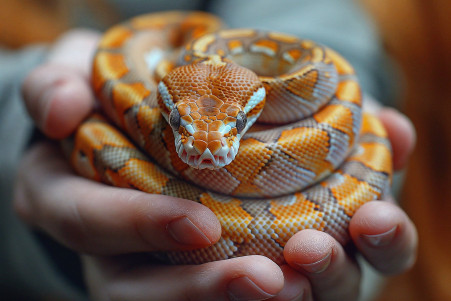
Do Snakes Feel Love? What We Know About Reptile Attachment
9 June 2024
While snakes may not experience love in the same way humans do, they can still develop social relationships and attachments to their owners.

Do Dogs Get Tourette's Syndrome? A Look at Tic-Like Behaviors
9 June 2024
Dogs can't actually get Tourette's syndrome, but they can show signs of tics as a result of other things, just not a neurological disorder.

Why Do Cats Smell Your Breath? Unraveling the Mystery
7 June 2024
Cats rely on their sense of smell to pick up on the odors in human breath, such as food smells, health-related odors, and emotional odors.

Why Do Cats' Eyes Glow in the Dark? The Science Explained
5 June 2024
The tapetum lucidum, which is a layer of tissue that sits behind the retina, is the reason why cats' eyes seem to glow in the dark. It improves their night vision by reflecting light that passes through the retina.
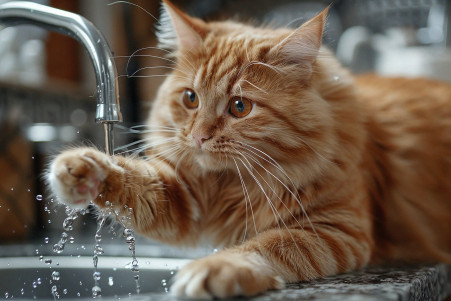
Why Do Cats Hate Cold Water? An Evolutionary Perspective
1 June 2024
Cats hate water because of their natural instinct to avoid cold, wet environments, which can be traced back to their ancestors that lived in the desert.

Why Do Dogs Sigh? What Your Dog's Sighs Really Mean
31 May 2024
Dogs sigh for a variety of reasons, including to show contentment, reduce stress, and communicate without barking. The way a dog sighs can even show how they are feeling physically and emotionally.
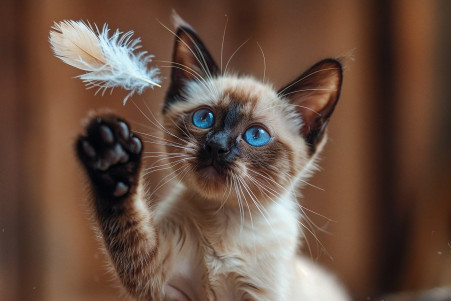
Why Do Cats Slap? Reasons Behind This Quirky Feline Behavior
31 May 2024
Causes of cat slapping, such as play, hunting simulation, communication, and setting limits or asserting dominance in multi-cat households.
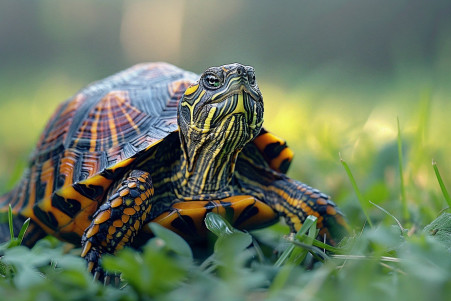
Turtle Talk: What Do Their Sounds and Calls Mean?
31 May 2024
Turtles make a wide variety of sounds such as grunting, chirping, bellowing, and hissing to communicate and interact with each other.